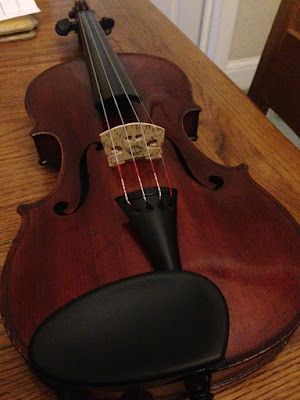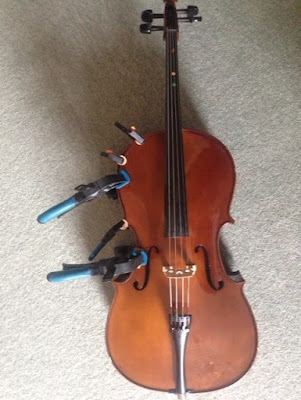A JTL Le Parisien Violin

One of my current project violin restorations is on a rather well used and previously professionally repaired Jerome Jérôme Thibouville-Lamy – (J.T.L.) Mirecourt Violin from France. This appears to be a late 19th century violin and is definitely a genuine Le Parisien model as it has every precise known detail of that model and a genuine JTL label of the exact label type used on that model in the 1870s. These violins sold by JTL for more than their Medio Fino model, more than their superb Number 3 model and more than their sumptuously sounding Compagnon models. I have all of these other three models in my collection and now I am wondering how the Le Parisien will compare. What makes the playing the violin sound test I will have carried out by a professional violinist in the future all the more intriguing is that my Le Parisien violin has, previous to my ownership, had a sound-post crack repaired with the currently orthodox standard-recommended Luthier internal oval patch repair. The sm





